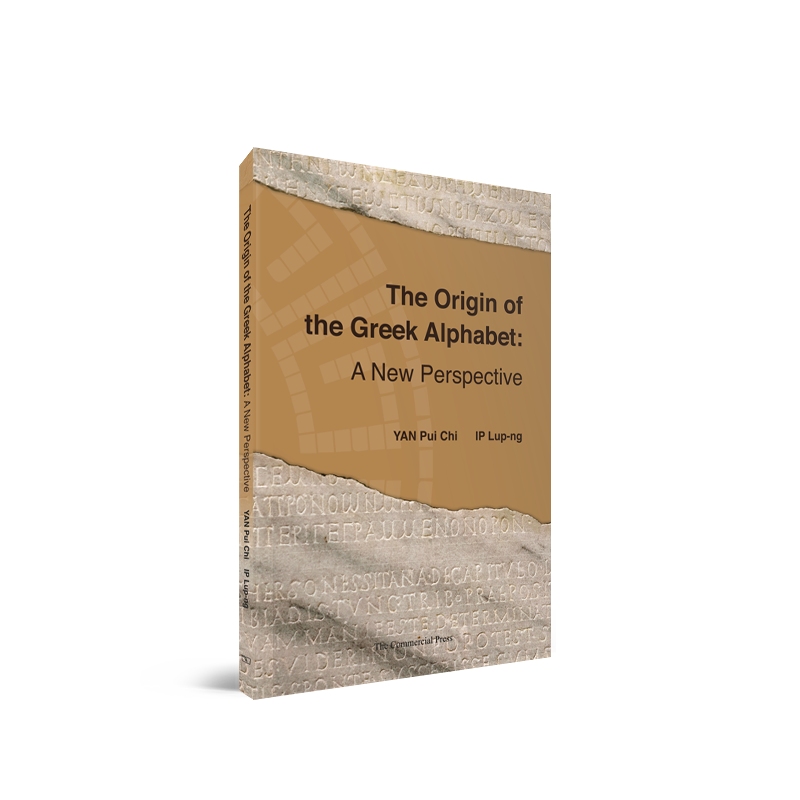We consider Section 12 to be the most important chapter of our treatise on the origin of the Greek alphabet, and we recommend that the readers read it carefully in order to understand how the concepts of vowel and consonant arose in the first quarter of the first millennium BC in ancient Greece.
12 From the Phoenician way of writing Greek names to the Greek way of writing the Greek language
12.1 From the writing of Greek names to proto-Greek alphabetic writing
As was said earlier, the Phoenicians might have needed to record Greek names in book-keeping in the second millennium BC. In theory they could write a Greek name either with or without matres. But in practice the Phoenicians would soon come to realize that a Greek name written with matres, being less ambiguous in sound representation, was much easier to read out or read back afterwards than one written without matres. Thus the Phoenicians would probably decide at an early stage to use matres to write Greek names. However, their way of writing Greek names might have escaped the notice of the Greeks at the earliest stage because the Greeks had not yet realized that it could be put to some significant use in their daily lives.
Continue reading “Section 12 of The Origin of the Greek Alphabet : A New Perspective”
Views: 623
